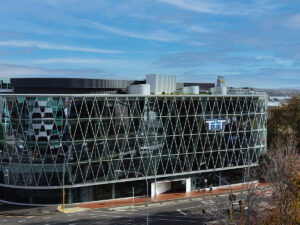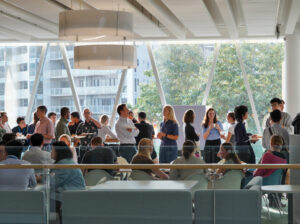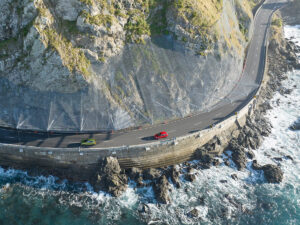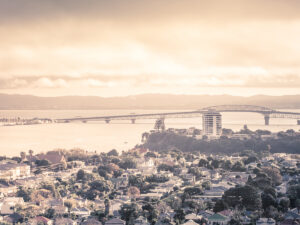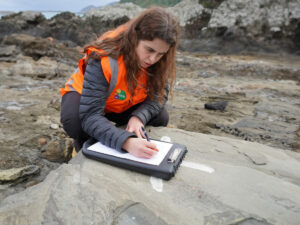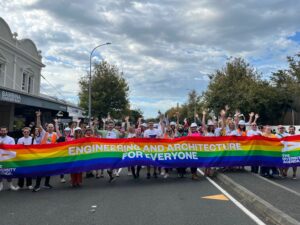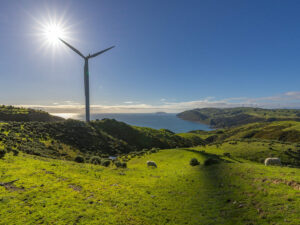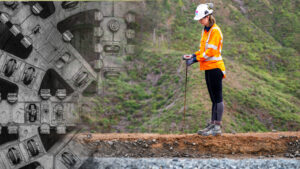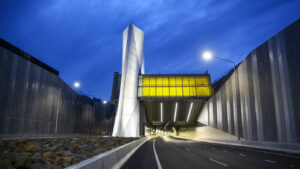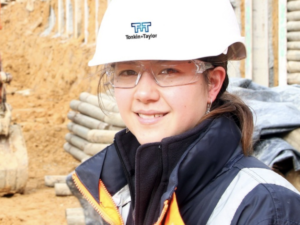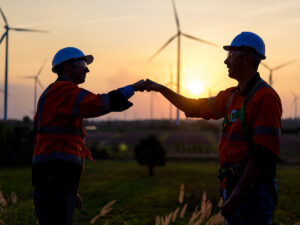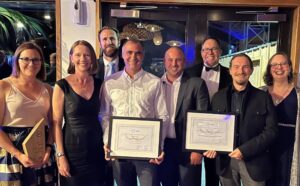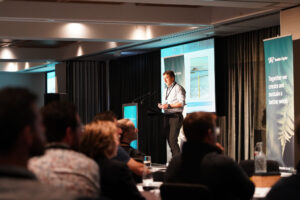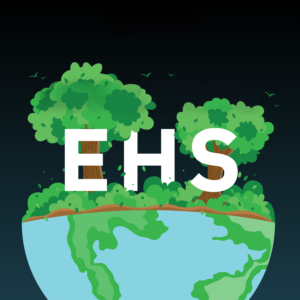Transport is a part of daily life, whether it’s the bus or train ride to work, a walk to the supermarket, or doing after-school pickups, getting from A to B is part of a population’s routine. Fun and transport may not seem like the reality for most people commuting, but it is possible and important! We talked to Tonkin + Taylor’s Transport Engineer – Dilys Fong, about her innovative research paper on embedding fun in transport.
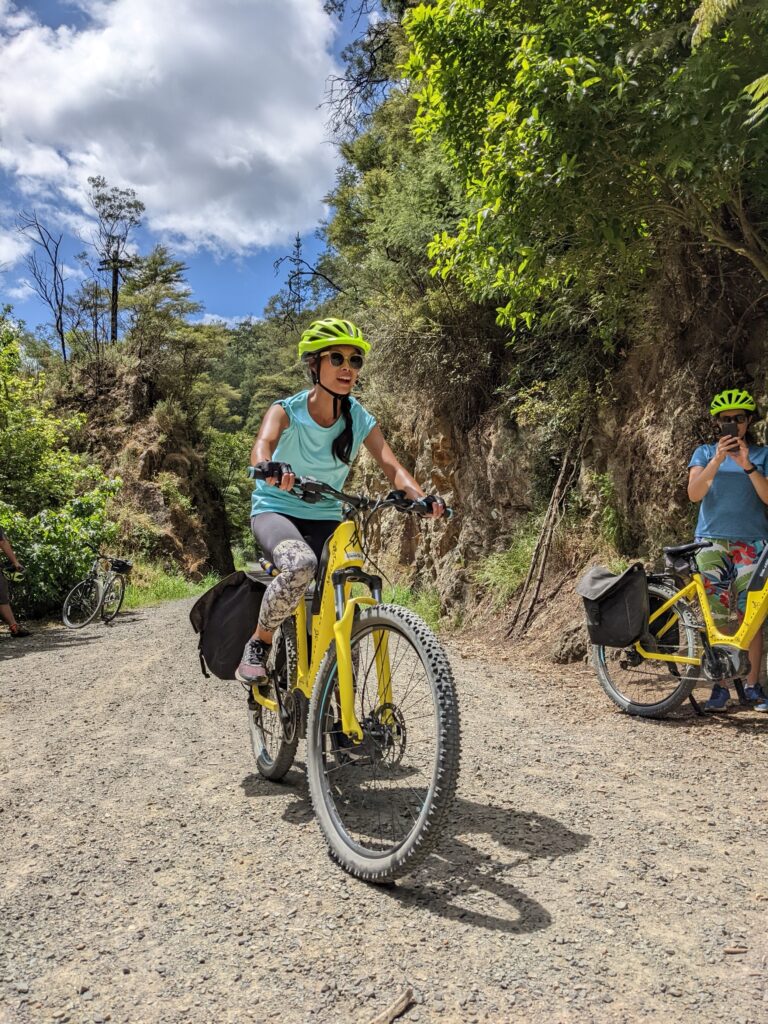
From Education to Transport Engineering
Dilys’ journey to the transport engineering industry was not linear; she entered the workforce as a high school physics teacher, encouraging students into STEM pathways. Inspired by these conversations, she was surprised to find that engineering could allow her to mix her love for learning, problem-solving, and community engagement into a career as a Transport Planner and Engineer.
Transport engineering is a varied discipline at T+T, spanning geometric designs and calculations, writing consent applications and business cases, and planning for climate change adaptation – as only a few examples. ‘I find this work exciting, because I get to see behind the scenes where decisions are being made, and what’s influencing or constraining our infrastructure. You really start thinking about who the end users are, how it impacts our lives and how we can make things better or do things differently so that we are more effective as a society,’ Dilys says.
Why do we need fun?
‘We often think of fun as childish or trivial’ says Dilys, ‘but at the heart of fun is where you feel alive and are living in the moment, and this experience is fundamental to human flourishing. It is incredibly important for our physical, mental, and emotional wellbeing to experience fun in our daily lives.’
Fun has been proven to release hormones that improve our immune systems, lower stress and anxiety, and relieve pain. There is research to suggest fun increases self-esteem and supports brain development, and it is a key ingredient for social cohesion and participating in exercise. The socio-economic benefits of fun are far-reaching; helping us to be productive and resilient when tough things happen.
The psychology of fun
‘Previously, research in our industry has focused on specific interventions for fun in transport and urban designs, like play streets, gamification, and safe biking initiatives, but these tend to be geared towards children. I saw a need to unpack what fun is and how that intersects with transportation for everybody,’ says Dilys.
Fun is subjective, so how can we find it?
Dilys’ paper draws on several sources including consumer research undertaken by Oh and Pham in 2021, ‘A Liberating-Engagement Theory of Consumer Fun’. Dilys found parallels between consumer behaviour and the users of our transport networks, when we consider transport as service provision. Seeing as we spend so much time in transit, what additional value can transport users get out of the experience?
Oh and Pham identify two pillars that support fun: hedonic engagement – that is, enjoyment purely for the sake of it, and a sense of liberation. These two pillars are facilitated by a combination of four situational factors:
- Novelty
- Social connectedness
- Spontaneity (a sense of ‘flow’)
- Temporal and Spatial Boundedness (i.e. for a limited time at a particular place)
‘One insight I’ll take away from writing this paper is that fun is a feeling, not an activity’ says Dilys. ‘We can’t really plan to have fun, we can only create opportunities for fun by providing the four situational factors, and then we can show up. As planners and engineers, we can make proactive decisions to allow people a greater chance of having fun.’
An essential foundation for creating opportunities for fun is a safe, equitable, and effective transport system. Maslow’s Hierarchy of Needs (1954) is a framework that suggests humans generally need to fulfil survival needs, (such as getting to work safely and on time) before higher ones such as social belonging, self-actualisation, and fun can be met. Transport planners, designers, and decision-makers have an important responsibility to ensure the transport network serves its users well – and when that is achieved, people can begin to have fun.
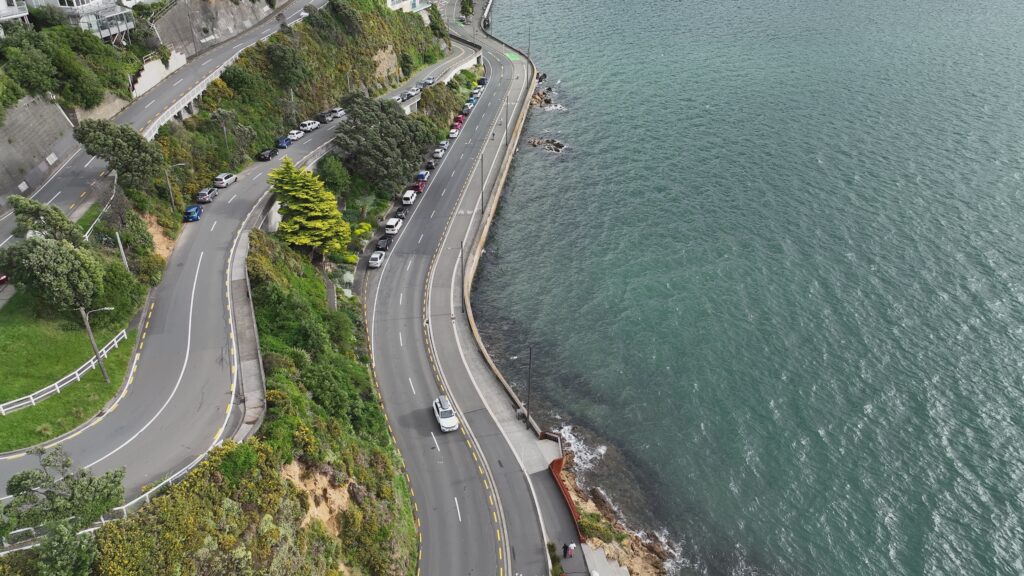
Making Fun Happen in Transport
As transportation professionals, we must think holistically of how people use the transport system. The outcomes of planning and design are more than professional-sounding words in a funding application or drawings that fit the rules and regulations. In the end, the infrastructure will be experienced by people – whether it’s through their concerns for their safety, their ability to relax and enjoy the scenery, how they navigate the challenges of public transport, or as they sit in congestion when they would rather be with their family.
‘The expertise to make transport better for our communities already exists and is constantly evolving, and I was inspired at a recent conference on how good transport projects can really make a difference. I hope my research validates and supports work and decision-making where we intentionally plan and design for people, not metrics. If we all engage in the transport system as people who want fun, we can articulate what needs to happen and use our skills to affect change.’
Dilys gives some tips and tricks for individuals to have a positive transport experience:
- Maximise novelty, social connection, and spontaneity!
- Choose transport options where you can leave the daily grind behind
- Pick a different route next time, for curiosity’s sake
- Use public transport to engage in activities that create flow, whether it’s a good book or podcast, great scenery, or an engaging piece of work and
- Commute with a friend, smile and thank the bus driver, chat with your Uber driver, or pet some nice dogs.


